Ureilites
The ureilites are named for Novo Urei, a rural village in the Mordova
Republic, Russia, where several meteorites fell in late 1886.
The ureilites are subdivided into two groups: the monomict main group
and the less common polymict group. Main group ureilites are composed
largely of coarse-grained olivine and minor pyroxene, mostly in the form
of calcium-poor pigeonite, set in a dark carbonaceous matrix of graphite
and diamond, nickel-iron metal, and troilite. Our recent find, El Gouanem,
Morocco, is a rather typical member of the main group. Polymict ureilites
consist of a mixture of different lithologies. Besides clasts from main
group ureilites, they contain magmatic inclusions, dark carbonaceous
clasts, chondritic fragments of different origins, and various other
inclusions. This suggests a surface or regolith origin for the polymict
ureilites, an assumption that is supported by the values for noble gases
that have been implanted into the regolith by the solar wind.
|
DAG 319
Polymict Ureilite DAG 319
Lybia, found in 97
TKW : 740 gr
|
 
|
|
|
|
DAG319 -00
5.89 gr
superb slice with large dark inclusions
SOLD |
|
|
|
|
|
|
|
DAG319 -01
3.15 gr
non parallel slice with crust
SOLD
|
|
|
|
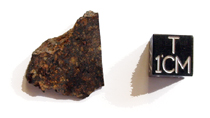  |
|
|
|
|
|
|
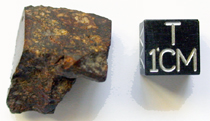 
|
|
|
|
DAG319 -02
6.17 gr
end cut covered with deep black crust
SOLD
|
|
|
|
|
|
|
|
DAG319 -03
11.57 gr
end cut with free iron blobs and several dark
inclusions
SOLD
|
|
|
|
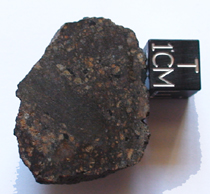  |
|
|
|
|
|
|
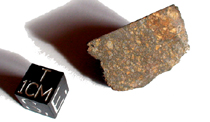 
|
|
|
|
DAG319 -04
12.12 gr
end cut with deep black crust and several dark
inclusions !
SOLD
|
|
|
|
|
|
|
|
DAG319 -05
3.48 gr
end cut with deep black crust and several dark
inclusions !
SOLD
|
|
|
|
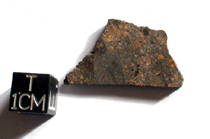  |
|
|
|
|
|
|
|